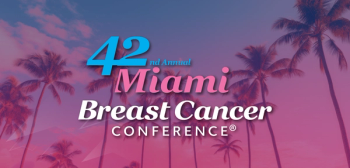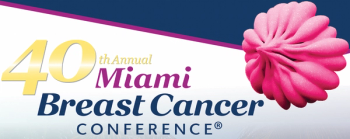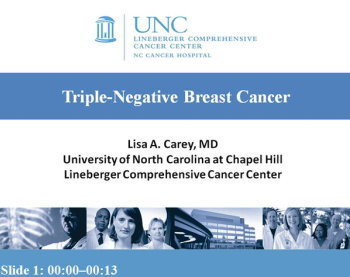
Lisa A. Carey, MD
Articles by Lisa A. Carey, MD



This slide deck covers the treatment of triple-negative breast cancer, a heterogeneous disease made up of numerous subtypes, and includes clinical variables that can help with prognosis and guide in treatment choice.

In 2008, it is estimated that over 1 million women worldwide will be diagnosed with breast cancer, of which 172,695 will be classified as “triple-negative.”[1] The triple-negative phenotype encompasses a breast tumor subtype that is clinically negative for expression of the estrogen and progesterone receptors (ER and PR) and lacks overexpression of the HER2 protein, with unique prognostic and therapeutic implications.

Up to 25% of patients diagnosed with breast cancer have tumors that overexpress HER2. HER2-positive breast cancer is highly proliferative, difficult to treat, and confers a poor prognosis. The advent of the anti-HER2 monoclonal antibody trastuzumab (Herceptin) has markedly altered the clinical course of both early and advanced HER2-driven breast cancer. Despite the use of trastuzumab, however, patients with HER2-positive breast cancer still experience disease progression. Overcoming that resistance to therapy is our next challenge. This review examines the current understanding of HER2 biology, the mechanisms of action of and resistance to trastuzumab, as well as new therapies on the horizon.
Latest Updated Articles
 Trastuzumab and Beyond: New Possibilities for the Treatment of HER2-Positive Breast Cancer
Trastuzumab and Beyond: New Possibilities for the Treatment of HER2-Positive Breast CancerPublished: December 1st 2006 | Updated:
 Understanding and Treating Triple-Negative Breast Cancer
Understanding and Treating Triple-Negative Breast CancerPublished: October 1st 2008 | Updated:
 Treating Triple-Negative Breast Cancer
Treating Triple-Negative Breast CancerPublished: March 1st 2014 | Updated:

